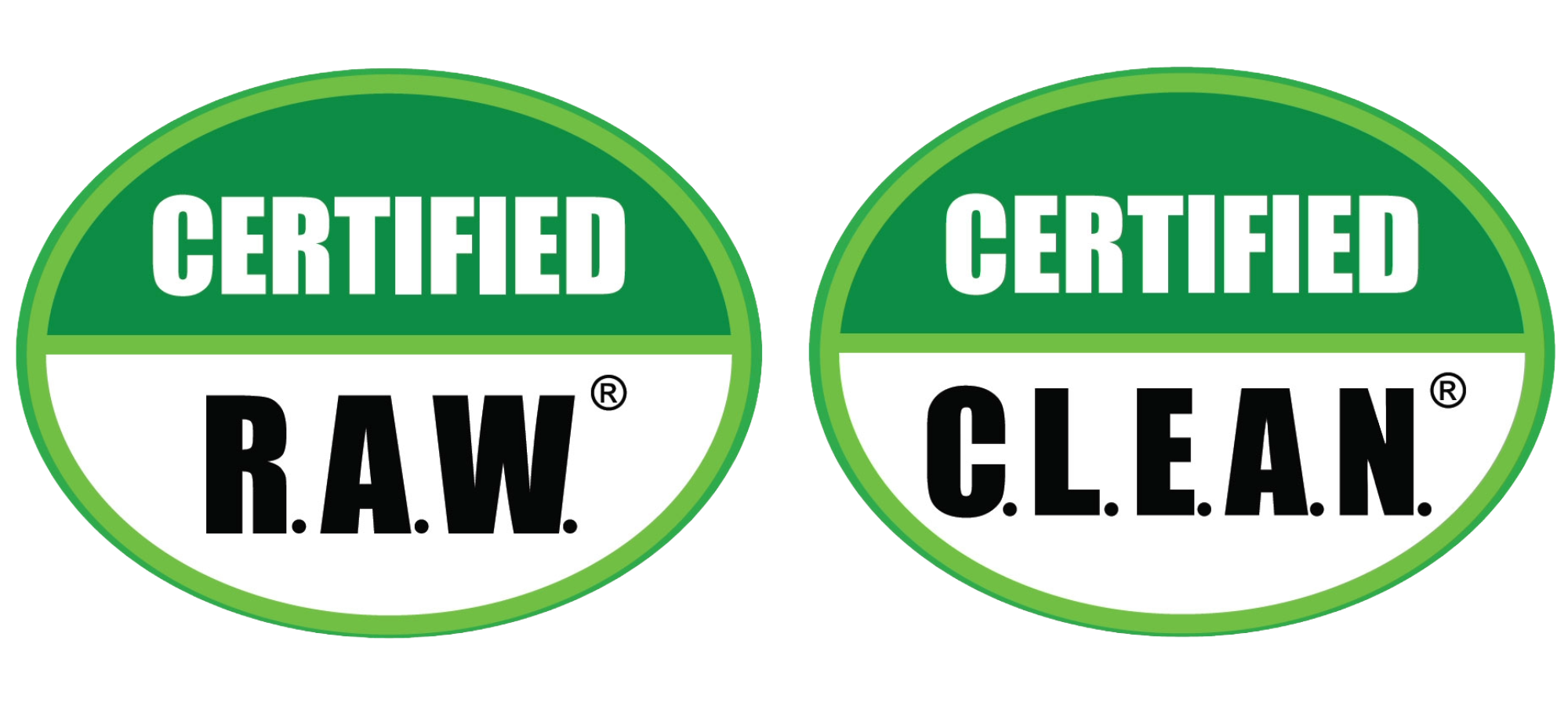Toxic neighbour: Monsanto and the poisoned town
Source: The Guardian
n June 1957, Disneyland in California added a new building to Tomorrowland, its vision of a carefree world to come. Made of plastic, the House of the Future looked suitably avant garde and was entirely mechanised. Sponsored by Monsanto, then one of the world’s biggest chemical companies, it attracted 20 million visitors over the next 10 years.
However, as Mathieu Asselin points out in his book Monsanto: A Photographic Investigation, a very different vision of the future was unfolding in Anniston, Alabama. There, since the 1920s, Monsanto had been producing PCBs, chemicals widely used in the creation of lubricants, inks, paints and electrical equipment. PCBs were banned in the US in 1979 due to fears about their toxicity, but the damage to Anniston had already been done. Between 1929 and 1971, some 27 tonnes of PCBs were released into the atmosphere, 810 tonnes flushed into Snow Creek canal, and 32,000 tonnes deposited in an open-air landfill site near the city centre, according to a 2005 report by the Environmental Protection Agency.

